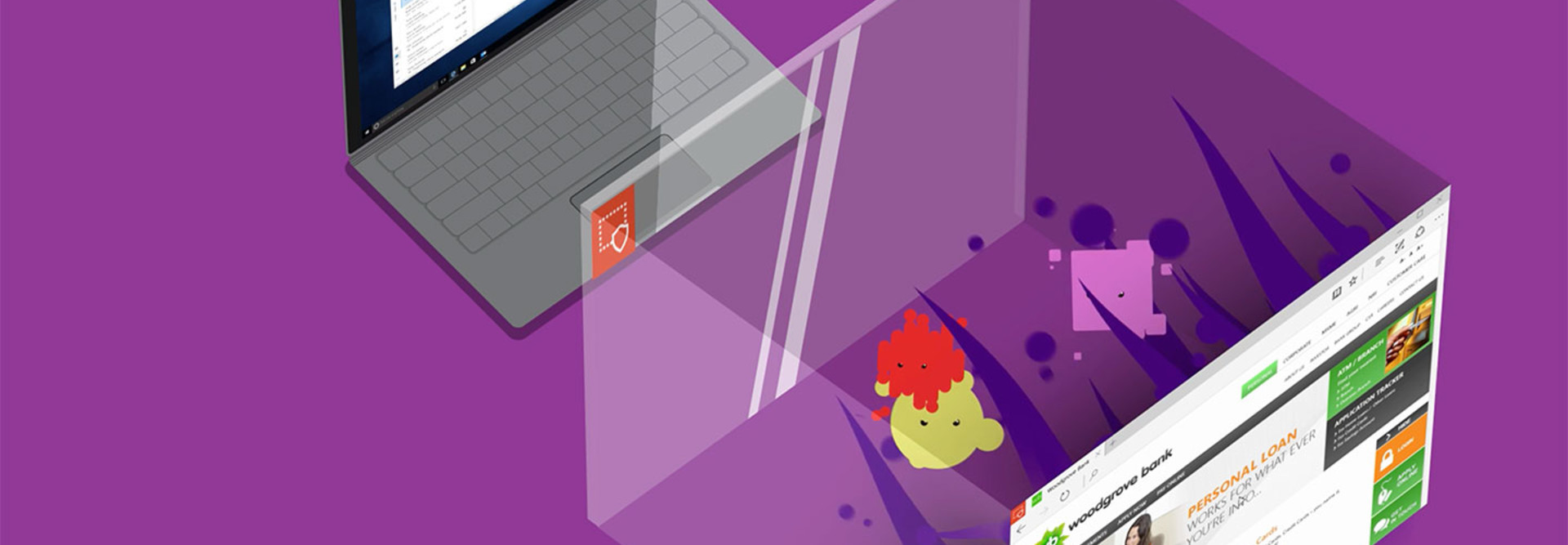Microsoft Ignite 2016: Microsoft to Roll Out Server 2016 Starting in October
Microsoft will make its Windows Server 2016 available for ordering this weekend and will start shipping it later this year, the company announced Monday during the opening keynote of its Ignite conference in Atlanta.
The software giant also unveiled a host of new features and services aimed squarely at business users. Microsoft said that its System Center 2016 will also be generally available in October, providing new features for data center managers.
Further, Microsoft announced that to date, its Windows 10 platform is now running on 400 million active devices, up from 300 million just five months ago.
Windows Server Offers New Features
Microsoft said in a statement that Windows Server 2016 will give IT professionals “new layers of security and Azure-inspired innovation for infrastructure and cloud applications.”
As TechCrunch reports, there are several new features in Windows Server 2016, “including improved security and networking tools, as well as better support for clustering. There are two marquee features in this release though: the addition of the Nano Server option, a stripped-down version of the OS for use in the cloud, as well as built-in support for containers.”
Further, MSPoweruser notes that Windows Server 2016 “introduces new layers of security to harden the platform to address emerging threats, control privileged access and protect virtual machines.” Windows Server 2016 also supports “simplified virtualization upgrades, new installment options, and increased resilience, helping you ensure the stability of the infrastructure without limiting agility.”
MSPoweruser also notes that it offers “expanded capabilities in software-defined storage with an emphasis on resilience, reduced cost, and increased control.” And it also supports “a new networking stack that brings the core set of networking capabilities and software-defined networking architecture directly from Azure to your data center.”
Microsoft and Docker Inc. had already worked together and said Docker would manage containers for Windows Server 2016. The two companies are extending their partnership to make the commercially supported Docker Engine available to Windows Server 2016 customers at no additional cost.
As part of their deal, the two firms will jointly promote Docker Datacenter, “further enabling IT professionals to better secure the Windows software supply chain and manage containerized Windows workloads, whether on-premises, in the cloud or in hybrid environments.”
Meanwhile, Microsoft said that System Center 2016 will offer “a simplified management solution across the data center and the cloud for Windows Server 2016 software-defined data center features.” The System Center aims to ease the deployment, configuration, management and monitoring of virtualized, software-defined data center and hybrid cloud infrastructure built on Windows Server 2016, MSPoweruser notes.
Microsoft Hits New Windows 10 Milestone
At the conference, Microsoft said it had reached 400 million “active devices” running Windows 10, a term that refers to devices than have been active in the past 28 days.
The figure includes Windows 10 installed on PCs, tablets, and smartphones, as well as on Xbox One consoles and HoloLens and Surface Hub displays.
In 2015, Microsoft said it would bring Windows 10 to 1 billion devices within two to three years, but the software behemoth disclosed last month that it will not meet that goal because of massive cuts to its Windows smartphone business.
Yusuf Mehdi, corporate vice president of Microsoft’s Windows and Devices Group, told Bloomberg Technology in July that the company is still committed to the 1 billion goal, but it will take longer to achieve than Microsoft initially forecasted.
Microsoft’s free upgrade period for Windows 10 ended on July 29. However, the company is still adding new features to the platform. For example, Microsoft said that Windows Defender Application Guard, which will be coming next year to Windows 10 Enterprise customers and even sooner to Windows Insiders, will improve security on its Edge web browser.
As TechCrunch reports, the feature “insulates Windows 10 from untrusted browser sessions by running it in a container that is bound directly to the hardware. Microsoft argues that containers within other browsers still leave enterprises vulnerable to 90 percent of the most prevalent attacks because those services don’t use hardware-based protection.”









